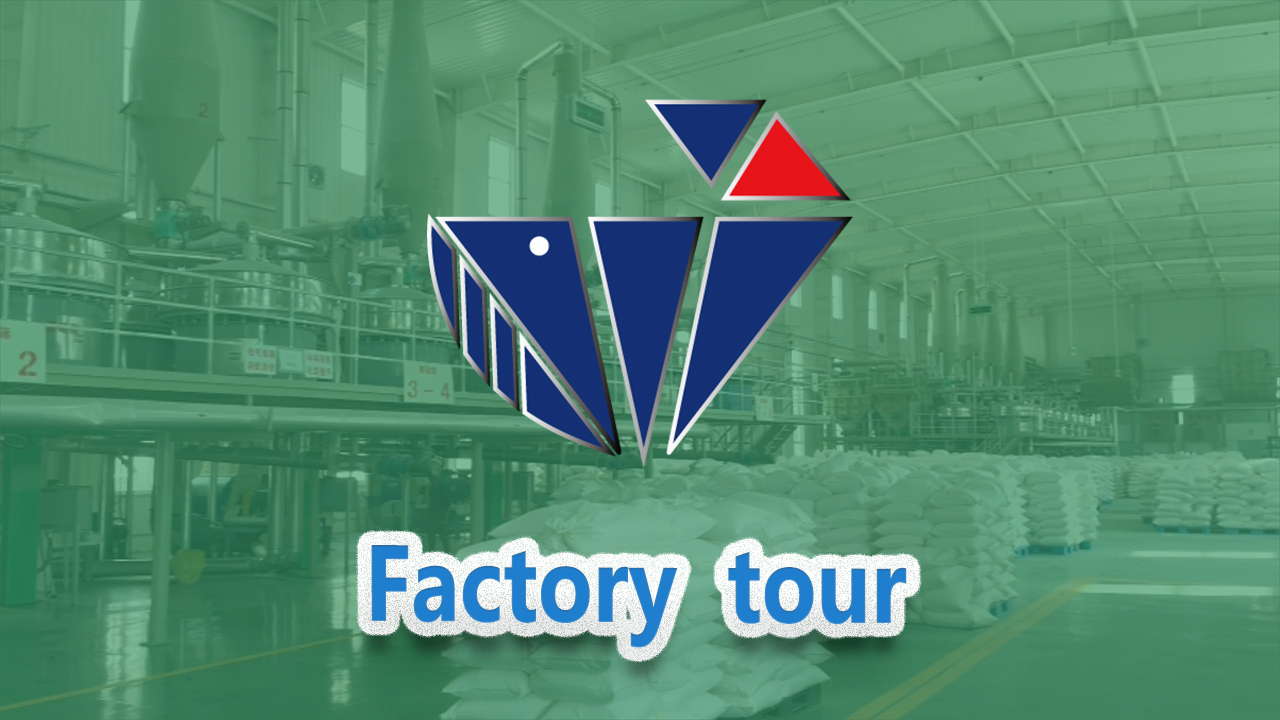
Dec . 13, 2024 11:33 Back to list
hydroxypropyl methyl cellulose msds
Understanding Hydroxypropyl Methyl Cellulose (HPMC) and Its Safety Data
Hydroxypropyl Methyl Cellulose (HPMC) is a versatile cellulose ether derived from natural cellulose through a series of chemical processes. It is widely used across various industries, due to its unique properties such as film-forming, thickening, and binding capabilities. HPMC is commonly found in the formulation of pharmaceuticals, food products, and construction materials. This article will provide an overview of HPMC, its applications, and essential safety information as outlined in its Material Safety Data Sheet (MSDS).
What is Hydroxypropyl Methyl Cellulose?
HPMC is a non-ionic polymer that is soluble in cold water, forming a viscous solution. It is produced by modifying cellulose using propylene oxide and methyl chloride. The degree of substitution and the ratio of hydroxypropyl to methyl groups can be adjusted, allowing HPMC to be tailored for specific applications. Its versatility can be attributed to its ability to develop viscosity at low concentrations and its excellent emulsification properties.
Common Applications of HPMC
1. Pharmaceuticals HPMC is often used as a binder in tablets and as a coating agent. Its gel-forming capabilities make it ideal for controlled-release formulations, enhancing the bioavailability of active ingredients.
2. Food Industry In food production, HPMC acts as a stabilizer, emulsifier, and thickener. It is used in products such as salad dressings, sauces, and gluten-free baked goods to improve texture and shelf life.
3. Construction HPMC is valuable in the construction industry, particularly in tile adhesives, mortar mixes, and other building materials. It enhances the workability, adhesion, and water retention of these products.
hydroxypropyl methyl cellulose msds

Safety Information from the MSDS
The Material Safety Data Sheet (MSDS) for HPMC provides crucial information regarding its safety and handling. It is essential for manufacturers and consumers to be aware of this data to ensure the safe use of the material.
1. Physical and Chemical Properties HPMC is typically a white to off-white powder, and it is non-flammable under normal conditions. However, like many powders, it can pose a dust hazard if not handled in a controlled environment.
2. Health Hazards HPMC is considered to have low toxicity. Inhalation of dust may irritate the respiratory tract, while contact with eyes could cause mild irritation. It is advisable to wear appropriate personal protective equipment (PPE), including gloves and safety goggles, when handling the compound.
3. First Aid Measures In case of inhalation, moving to fresh air is recommended. If eyes are exposed, flushing with water for several minutes is advised. Seek medical attention if symptoms persist or if there is any concern.
4. Storage and Disposal HPMC should be stored in a cool, dry place away from moisture. Dispose of any waste material according to local regulations, ensuring it does not contaminate the environment.
5. Environmental Impact HPMC is generally regarded as environmentally friendly. It biodegrades and does not accumulate in the environment, making it a suitable choice for sustainable applications.
Conclusion
Hydroxypropyl Methyl Cellulose plays an important role in numerous industries due to its functional properties and adaptability. Understanding its applications and adhering to the safety guidelines outlined in its MSDS is crucial for ensuring safe handling and use. With continuous development and research, HPMC is likely to remain a key ingredient in various formulations, contributing to innovation in multiple fields.
-
Versatile Hpmc Uses in Different Industries
NewsJun.19,2025
-
Redispersible Powder's Role in Enhancing Durability of Construction Products
NewsJun.19,2025
-
Hydroxyethyl Cellulose Applications Driving Green Industrial Processes
NewsJun.19,2025
-
Exploring Different Redispersible Polymer Powder
NewsJun.19,2025
-
Choosing the Right Mortar Bonding Agent
NewsJun.19,2025
-
Applications and Significance of China Hpmc in Modern Industries
NewsJun.19,2025







